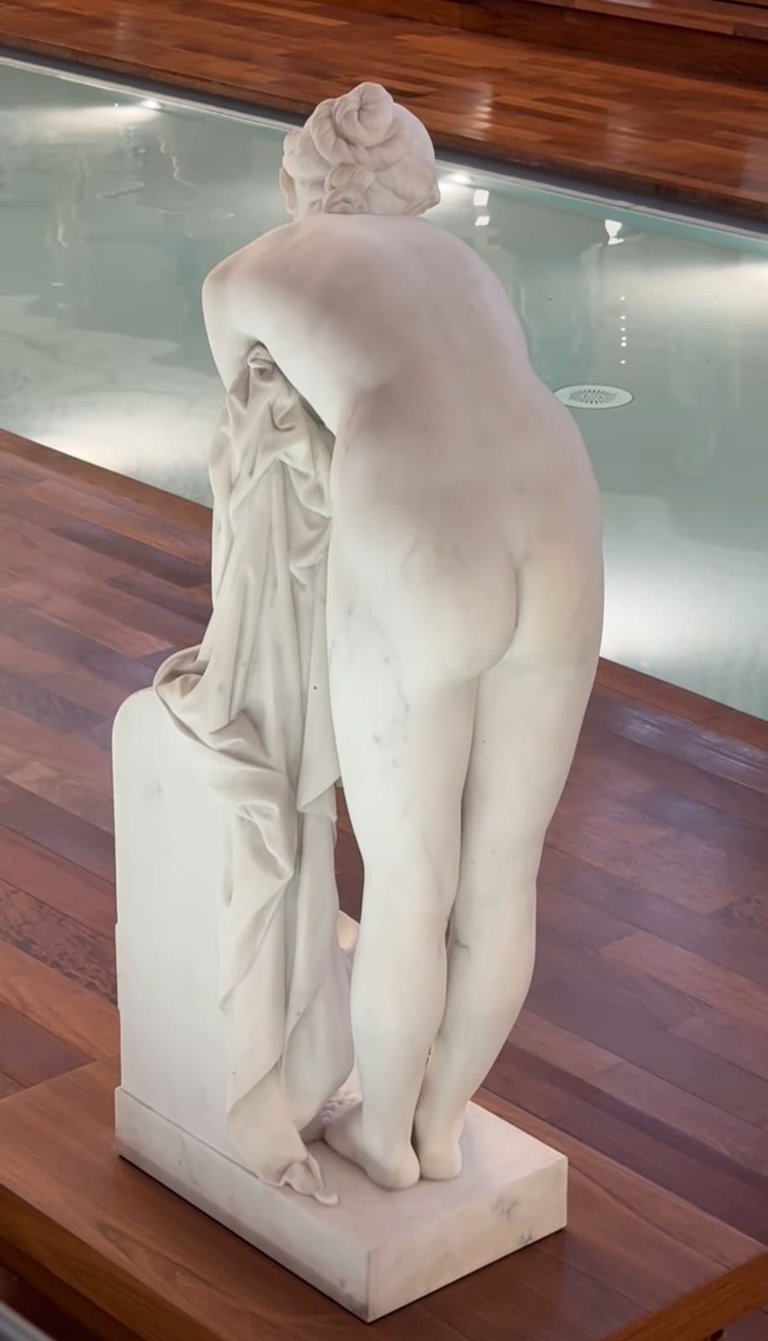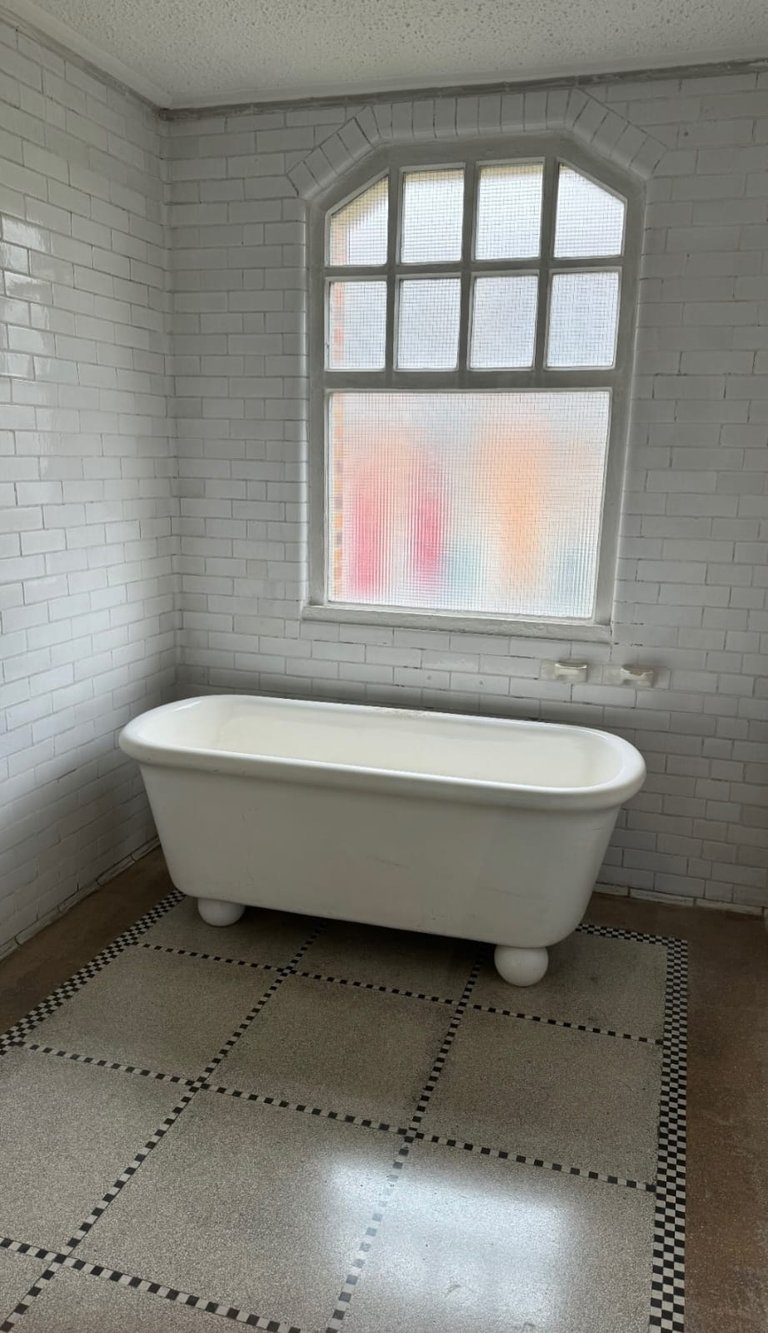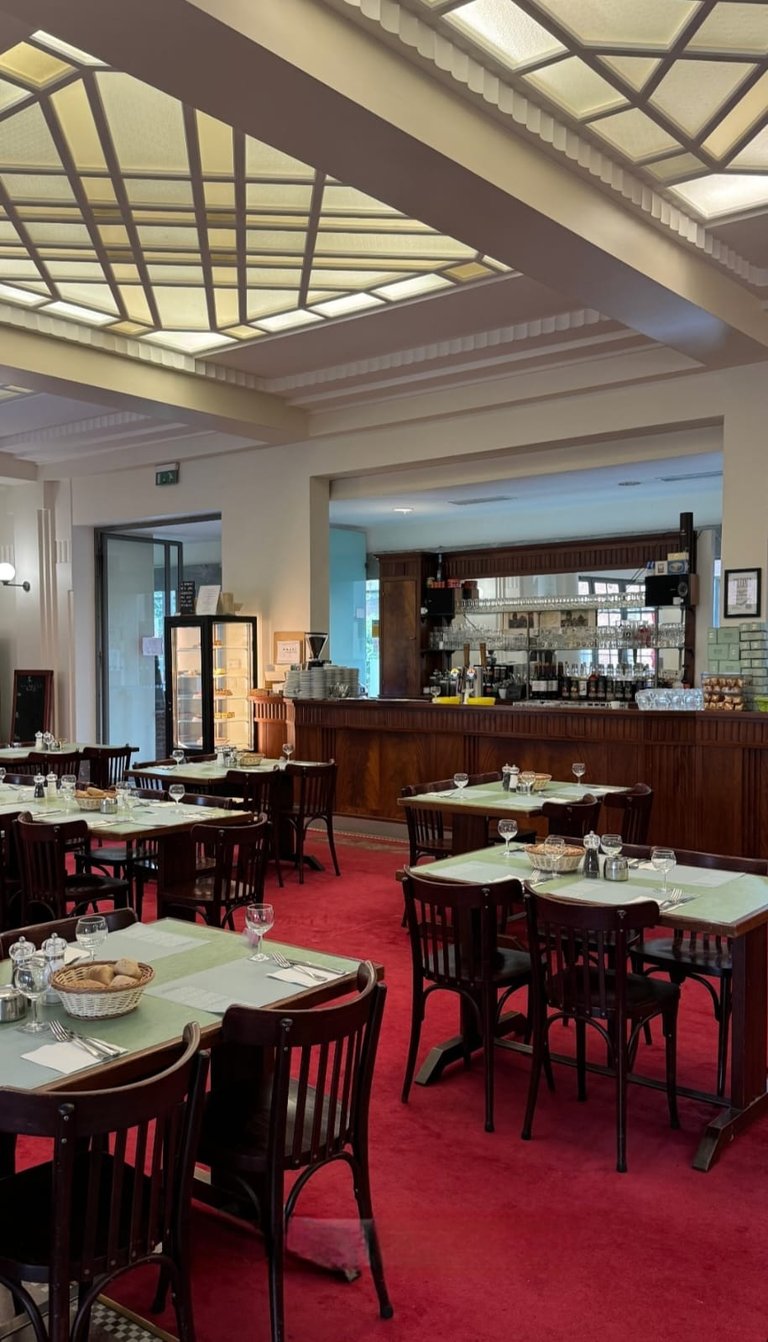Visiting the Musée La Piscine in Roubaix was an unforgettable experience, a perfect blend of history, art and architecture that left a lasting impression on me. The museum, housed in the building of a former public swimming pool, offers a fascinating narrative of how a space originally intended for recreation and fitness was transformed into a sanctuary of art and culture.
The story of the Musée La Piscine begins in 1932, when architect Albert Baert designed the swimming pool in the art deco style, an architectural gem that served the local community. For decades, the pool was a meeting place, where the people of Roubaix came to swim, socialize and enjoy a moment of relaxation. However, in 1985, the pool gates were closed due to security concerns, leaving the community without their beloved spa.

Instead of demolishing the building, the city of Roubaix made a visionary decision: to turn the pool into a museum. Thus, in 2001, after an extensive renovation process led by architect Jean-Paul Philippon, the Musée La Piscine was born. This project not only preserved the building's historical legacy, but also gave it a new life as a space dedicated to art.
Entering the Musée La Piscine is like traveling back in time. The original structure of the pool has been meticulously preserved, and one can feel the atmosphere of the old spa while walking through the corridors. The glass ceiling allows natural light to flood the space, creating a bright and welcoming atmosphere. The area where the main pool used to be now houses sculptures and artwork that are reflected in the water, providing a spectacular view.

The museum houses an impressive collection of decorative art, textiles, ceramics and sculptures, with works dating from the 19th century to the present day. Each room in the museum tells a different story, and it is easy to get lost in contemplation of the pieces on display. I particularly remember a sculpture that stood in the center of the old pool pond; its reflection in the water was mesmerizing, creating an illusion of movement and life.
In addition to the permanent collection, the museum also offers temporary exhibitions covering a wide range of themes and artistic styles. During my visit, I had the opportunity to see an exhibit dedicated to fashion and design, which showcased incredibly detailed and creative costume pieces. It was fascinating to see how art and fashion intertwine, each garment telling a story of its own.

What makes the experience of visiting the Musée La Piscine so special is the combination of its rich history and current function. Walking through the museum is a constant reminder of its past as a public swimming pool, and the preservation of original architectural elements adds a layer of depth to the experience. At the same time, the museum feels vibrant and contemporary, a space where art can be admired and appreciated in a unique setting.

The feeling of being at the Musée La Piscine is both nostalgic and renewing. It is a place where past and present coexist harmoniously, offering visitors an opportunity to reflect on history while enjoying contemporary art. As I left the museum, I felt enriched, having experienced a place where transformation and preservation come together in a masterful way.

The visit to the Musée La Piscine in Roubaix was a deeply rewarding experience. The museum not only celebrates art and culture, but also honors its own history and that of the surrounding community. It is a testament to the power of renewal and the ability of art to transform and revitalize spaces and lives.
SPANISH VERSION (click here!)
Visitar el Musée La Piscine en Roubaix fue una experiencia inolvidable, una mezcla perfecta de historia, arte y arquitectura que dejó una impresión duradera en mí. El museo, ubicado en el edificio de una antigua piscina pública, ofrece una narrativa fascinante sobre cómo un espacio destinado originalmente a la recreación y el bienestar físico se transformó en un santuario de arte y cultura.
La historia del Musée La Piscine comienza en 1932, cuando el arquitecto Albert Baert diseñó la piscina en el estilo art déco, una joya arquitectónica que servía a la comunidad local. Durante décadas, la piscina fue un lugar de encuentro, donde la gente de Roubaix venía a nadar, socializar y disfrutar de un momento de relajación. Sin embargo, en 1985, las puertas de la piscina se cerraron debido a problemas de seguridad, dejando a la comunidad sin su amado balneario.

En lugar de demoler el edificio, la ciudad de Roubaix tomó una decisión visionaria: convertir la piscina en un museo. Así, en 2001, después de un extenso proceso de renovación dirigido por el arquitecto Jean-Paul Philippon, nació el Musée La Piscine. Este proyecto no solo preservó el legado histórico del edificio, sino que también le dio una nueva vida como un espacio dedicado al arte.
Entrar al Musée La Piscine es como viajar en el tiempo. La estructura original de la piscina se ha conservado meticulosamente, y uno puede sentir la atmósfera del antiguo balneario mientras camina por los pasillos. El techo de vidrio permite que la luz natural inunde el espacio, creando un ambiente luminoso y acogedor. El área donde solía estar la piscina principal ahora alberga esculturas y obras de arte que se reflejan en el agua, proporcionando una vista espectacular.

El museo alberga una impresionante colección de arte decorativo, textiles, cerámicas y esculturas, con obras que datan desde el siglo XIX hasta la actualidad. Cada sala del museo cuenta una historia diferente, y es fácil perderse en la contemplación de las piezas expuestas. Recuerdo particularmente una escultura que se encontraba en el centro del antiguo estanque de la piscina; su reflejo en el agua era hipnotizante, creando una ilusión de movimiento y vida.
Además de la colección permanente, el museo también ofrece exposiciones temporales que abarcan una amplia gama de temas y estilos artísticos. Durante mi visita, tuve la oportunidad de ver una exposición dedicada a la moda y el diseño, que mostraba piezas de vestuario increíblemente detalladas y creativas. Fue fascinante ver cómo el arte y la moda se entrelazan, cada prenda contando una historia propia.

Lo que hace que la experiencia de visitar el Musée La Piscine sea tan especial es la combinación de su rica historia y su función actual. Caminar por el museo es un recordatorio constante de su pasado como piscina pública, y la preservación de elementos arquitectónicos originales añade una capa de profundidad a la experiencia. Al mismo tiempo, el museo se siente vibrante y contemporáneo, un espacio donde el arte puede ser admirado y apreciado en un entorno único.

La sensación de estar en el Musée La Piscine es a la vez nostálgica y renovadora. Es un lugar donde el pasado y el presente coexisten armoniosamente, ofreciendo a los visitantes una oportunidad para reflexionar sobre la historia y al mismo tiempo disfrutar del arte contemporáneo. Al salir del museo, me sentí enriquecido, habiendo experimentado un lugar donde la transformación y la preservación se unen de manera magistral.

La visita al Musée La Piscine en Roubaix fue una experiencia profundamente gratificante. El museo no solo celebra el arte y la cultura, sino que también honra su propia historia y la de la comunidad que lo rodea. Es un testimonio del poder de la renovación y la capacidad del arte para transformar y revitalizar espacios y vidas
